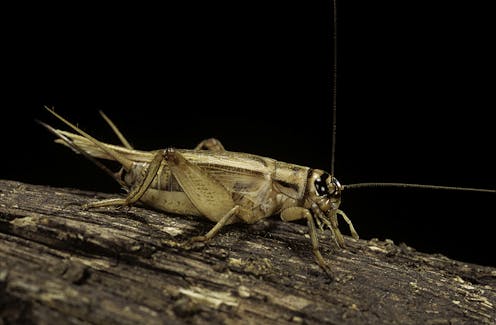

Authors: Floyd W. Shockley, Entomologist and Collections Manager, Smithsonian Institution
Read more



